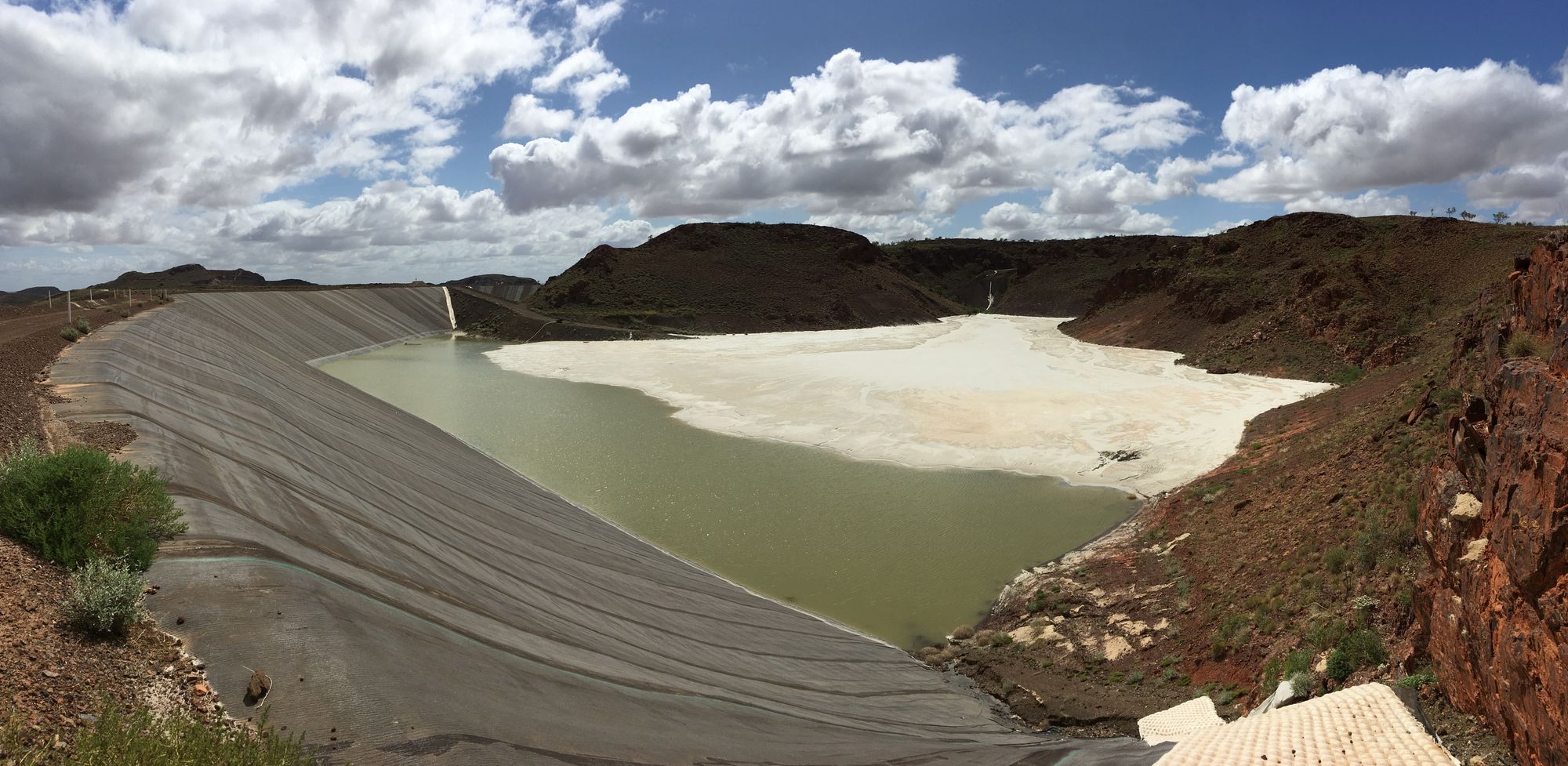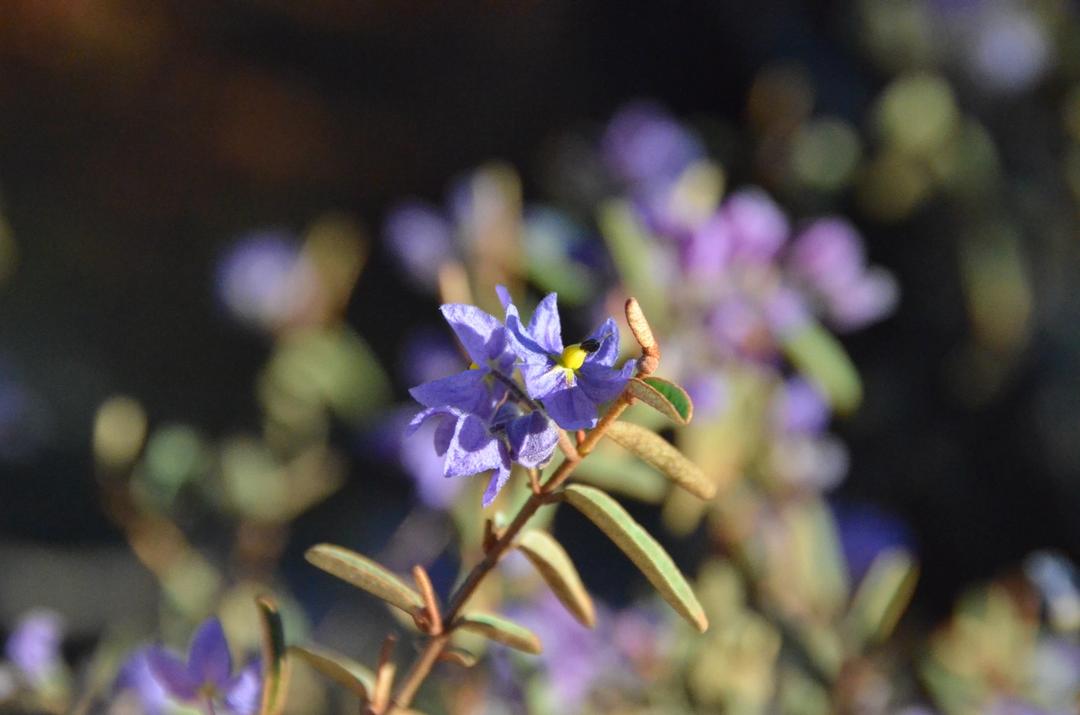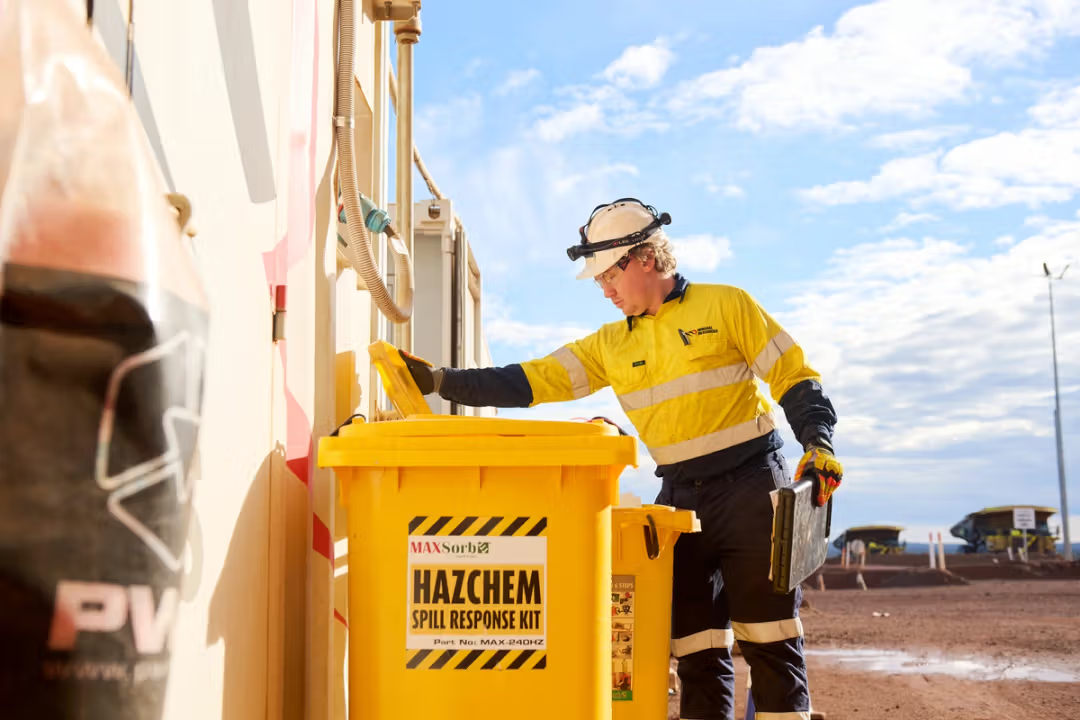Tailings and waste rock
We are committed to designing, operating and managing our tailings storage facilities in a safe, sustainable and responsible manner throughout the lifecycle of our mining operations.

Our management approach
Our mining operations generate mining-related waste including tailings and waste rock. Tailings are a by-product of the mining process, consisting of fine-grained processed rock or soil left over from the separation of the commodities of value.
Responsible tailings management throughout the mine life cycle is a critical part of managing and minimising the risks from waste produced during the mining process.
In line with best practice, management accountability of the tailings storage facility (TSF) sits with the MinRes Executive team, with the Board maintaining oversight of all tailings management.
Potential consequences of a TSF failure can range from impact to sensitive receptors due to seepage to catastrophic release of solids and water.
To reduce the risk of TSF failure, a rigorous regulatory process is followed in Western Australia. All TSF details - including design, technical data, analyses, construction method, quality control and operational procedures - must conform to the Department of Energy, Mines, Industry Regulation and Safety's TSF Code of Practice and design, management and operational guidelines published by the Australian National Committee on Large Dams and other relevant bodies.
We strive to operate in line with the 15 principles and 77 requirements set out by the Global Industry Standard on Tailings Management (GISTM) as well as the guidelines set out by ANCOLD as best for large and small water and tailings dams. We recognise the value in the principles and guidelines set out by these standards and have elected to align our operations to these guidelines.
In alignment with ANCOLD, MinRes has a Tailings Storage Facility Policy which outlines our commitment to designing, operating and managing our TSFs in a safe and responsible manner to ensure we meet the goal of zero harm to people and the environment, with zero tolerance for human fatality.
MinRes follows a risk informed approach to our tailings management, ensuring adequate surveillance and monitoring programs are conducted across all tailings, with active TSFs undergoing daily inspections, annual audits and external design reviews.
Ongoing surveillance programs collect key information such as the geological and structural features of the TSFs and their foundations, enabling early detection of any potential deterioration.
We focus on the safety of our TSFs through all phases of the lifecycle with consideration of factors impacting all key stakeholders through project conception, planning, design, construction, operation, closure and post closure.
This includes proximity to employees, communities and infrastructure, and the geological conditions and deposition of the tailings.
Our TSF management is incorporated into broader site management systems in a safe and compliant manner consistent with regulatory requirements, applicable guidelines and standards.
We engage external design engineers for each facility and independent reviews are undertaken by external engineers.
Additional assurance is provided by our technical specialists, with support from external experts.
Our risk-informed approach includes the below overarching operating practices to provide a robust approach for sustainable tailings management:
- Site operational controls, surveillance and monitoring.
- Technical and operational support provided by internal subject matter experts.
- Design, operational support and risk review provided by external Engineer of Record.
- Regular inspection, review and reporting by independent experts.
- Board oversight of risks.
We are confident in the safety and security of our TSFs and are committed to continually reviewing our facilities and procedures to maintain a high standard of safety at our operations.
We take into consideration learnings from our peers to promote continual improvement and ensure the most suitable approach to performance and risk management.
We currently manage four active TSFs, three decommissioned TSFs and four TSF in care and maintenance. All facilities are situated in remote areas and significant distances from local communities and infrastructure.
Wodgina
- Atlas in-pit TSF: Uses in-pit tailings disposal in a mined-out pit void, which significantly reduces the potential of tailings discharge to the environment. Measures to mitigate flooding risk include the current mine drainage infrastructure in and around the Atlas pit, requirements for net site water use, and return water pumping protocols to promote beach formation and consolidation.
- TSF3 Extension (TSF3E): This partially lined, valley-fill type TSF is currently inactive and in care and maintenance. A surveillance program collects information on the hydrological and structural features of the dam and its foundation, among other operational data, enabling early detection of any dam structure deterioration posing a potential risk.
- TSF1 – 3: Three decommissioned TSFs remain at the Wodgina operation, all capped with waste rock.
Mt Marion
- Ghost Crab In-pit TSF: Currently active, this TSF uses in-pit tailings disposal in a mined-out pit void, which significantly reduces the potential of tailings discharge to the environment. Measures to mitigate flooding risk include the current mine drainage infrastructure in and around the Ghost Crab pit, requirements for net site water use, and return water pumping protocols to promote beach formation and consolidation.
Bald Hill
- TSF2: This active TSF is a paddock-type tailings impoundment, with a maximum height of 12.5m.
- Boreline Pit and Boreline Pit Extended TSFs: Both these in-pit TSFs are inactive and currently under care and maintenance. We continue to collect information through surveillance programs to confirm the integrity of the dams structural features and its foundation.
Koolyanobbing
- C Pit In-pit TSF: This in-pit tailings disposal represents the lowest tailings disposal risk of current industry methods – a combination of filtering the tailings (substantially reducing the moisture content) and disposing in a mined-out pit void.
Disposal of tailings into this pit began in FY23, which involves placement of filtered lithium tailings from Albemarle’s lithium hydroxide monohydrate production plant in Kemerton, Western Australia.
Coobina
- Coobina TSF1: The Coobina Chromite mine (Pilbara Chromite Pty Ltd) is currently inactive and under care and maintenance. TSF1 is a paddock-type storage, inactive and stable.





